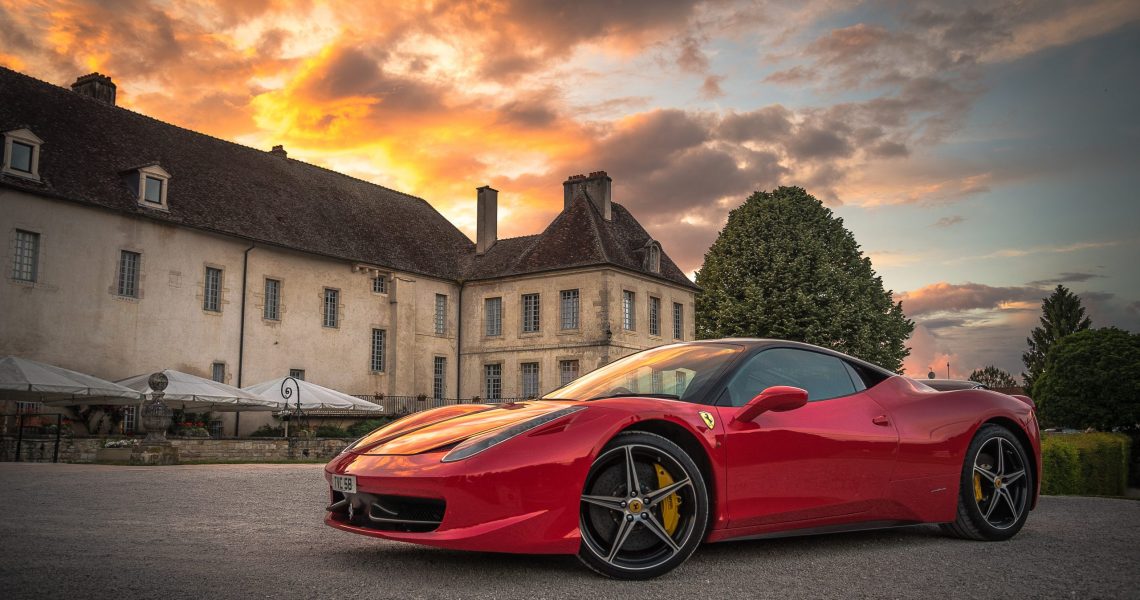One of the biggest misconceptions in South Africa and in most parts of the world is how we define wealth.
How loosely do we throw around the term ‘rich’? Sure the folks who take annual skiing trips and own holiday homes in St Tropez are probably up there – a small fraction of society lucky enough to live in the lap of luxury, with huge homes and expensive cars…
Thanks to the Occupy Wall Street movement, we refer to the wealthy portion of society as ‘the 1 percent’. Recent studies have shown though that more people fall into this club than one might think.
“A majority of Americans think the threshold for being in the 1 percent is an annual income of $1 million. But according to the most recent IRS figures (2009), it’s about one-third of that.” – 463 Communications survey
1.4 million in the 1 percent
Apparently, to fall into this elite percentage, you only need to earn $343,927.00 per annum. Ok in Rands that’s quite a bit (equivalent to ± R3 million), but in America it covers roughly 1.4 million households – a lot more than one would have thought!
Wealth distribution in South Africa is not dissimilar to the international picture, except that there are significantly fewer wealthy South Africans – the South African Revenue Service (SARS) estimates that there are 2,600 high-net-worth individuals in the country. Their assets are above R75 million, and interestingly, apparently only 360 of them are registered to pay tax… Credit-Suisse sets the top wealth bracket at above $100,000.
The gap between ‘rich’ and ‘poor’ in South Africa places us second only to Brazil in world rankings of the most unequal societies. In townships around Cape Town in 2003, 76% of households lived below the poverty line of R352 per month. Over half of these households had no wage income, and almost one third had lost a job in that same year on top of having the responsibility of being the bread winner.
What can you afford?
So how do the rich get ranked? According to the 463 Communications survey and Money Talks News, the general populous believes you’re in the top 1 percent if you can afford the following ‘luxuries’:
- Gardeners or gardening services (78% of the general population believe this to be the case)
- Housekeepers or housekeeping services (77%)
- Own a second home (73%)
- Have an ordinary job (68%)
- Annual vacations abroad (67%)
- A personal assistant (66%)
- Luxury seats at sports games and events (63%)
- Fly first-class (63%)
- Low taxes (61%)
- A private jet (60%)
- A personal chef (59%).
Apparently a lot of people in the one percent have ‘ordinary’ jobs, for example physicians, executives, dentists, lawyers, managers, financial specialists, and supervisors.
Perceptions are definitely skewed when it comes to the 1 percent… There are probably a lot more people you know in ‘the 1 percent’ than you realise.





